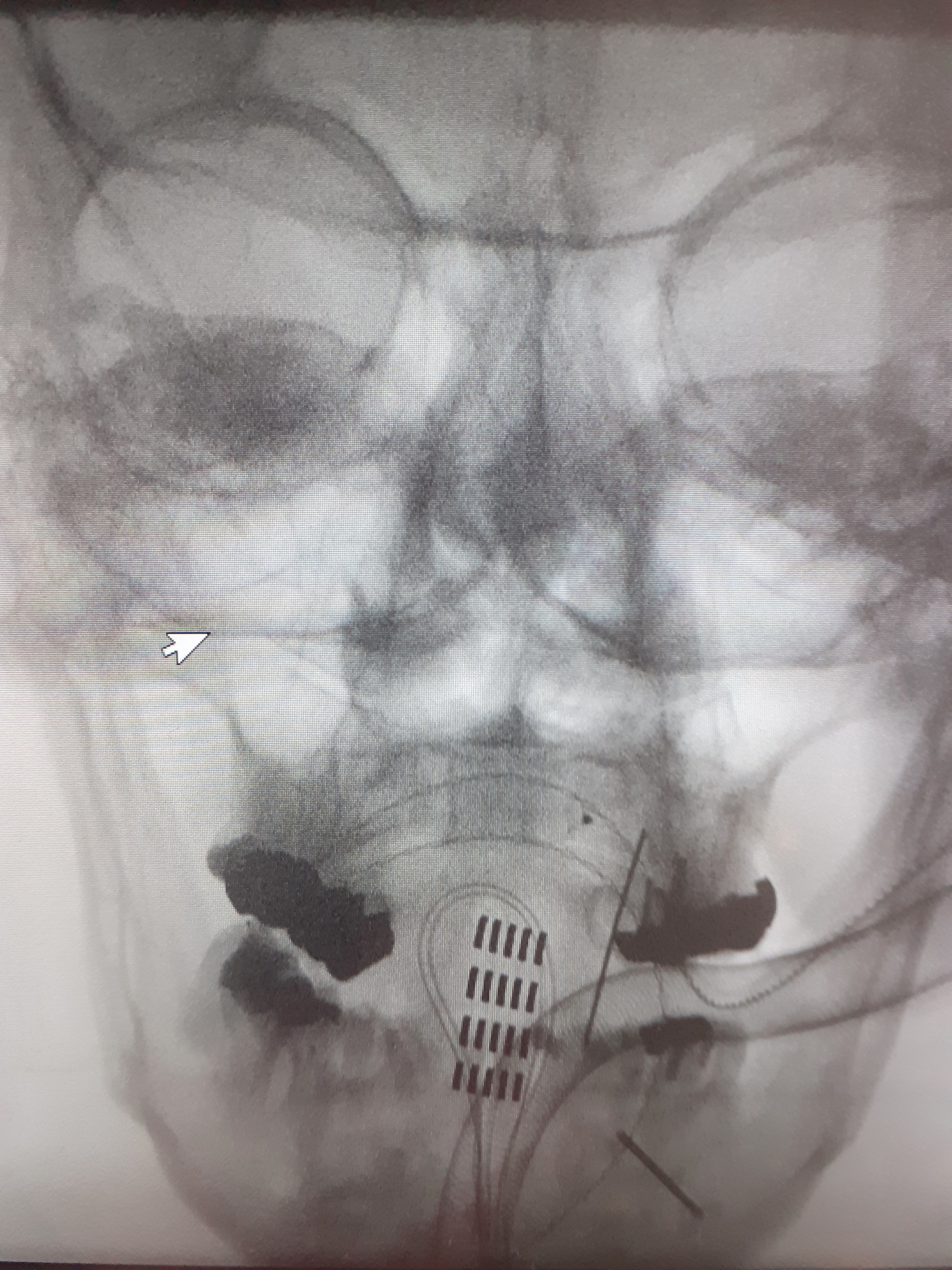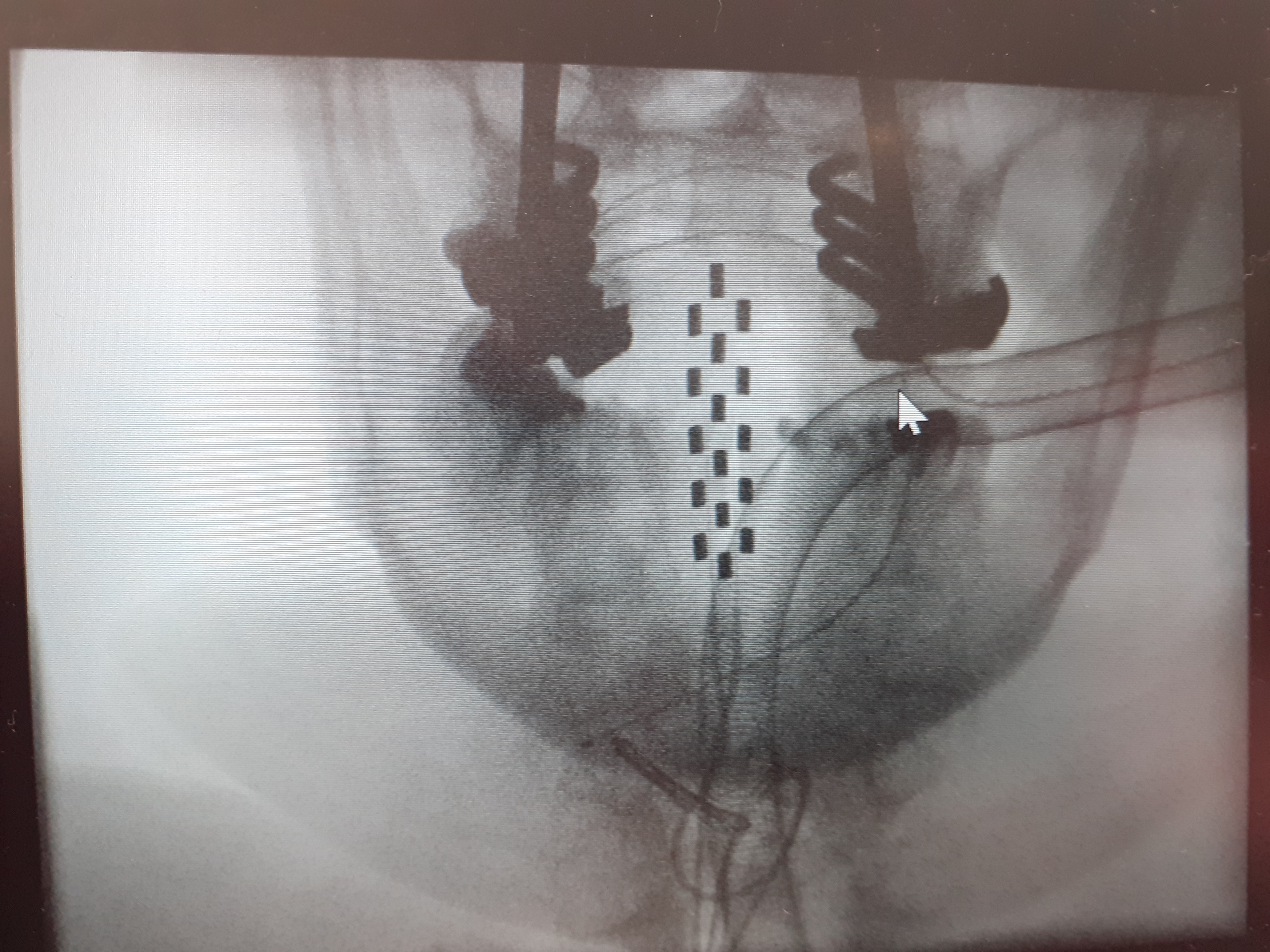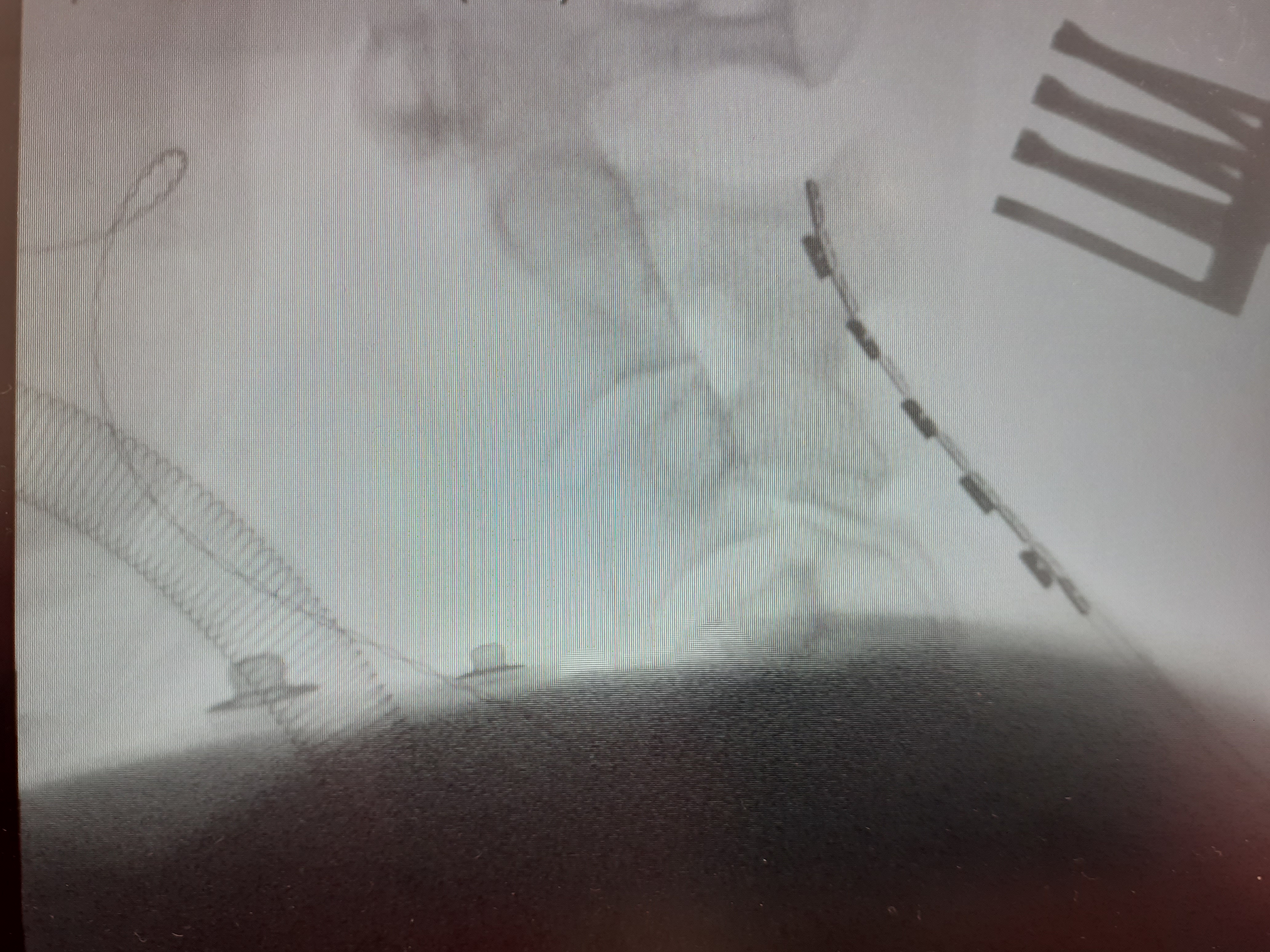There have been a few more positive steps in the last 10 days or so. I’ve had a new program applied, and following discussions with the pharmacist from the GP surgery, I have started to make tentative steps to reducing the pain and neuropathic medication.
Reprogramming clinic
Friday 19th was my first reprogramming session for the new device. Karen, the neuromodulation physio wasn’t available so one of the specialist nurses, Linsey, saw me, along with Sam from Medtronic. Having discussed how I was getting on, and in particular the problems with finding a comfortable position for sleeping, they decided to try a different approach. Instead of having the device running constantly at around 4.9mA, it was set to run at 6mA for 30 seconds and then turn off for 3 minutes. It shouldn’t be noticeable when it is running, although bending my head down much might still bring the tingling sensation up to a noticeable level again. The idea is that the nerves get a stronger jolt but only intermittently, and I should still get the same level of pain relief. The other benefit is that the device only needs to be charged every 6-7 days, instead of every other day as was needed on the original program.
They have left the original program on the remote, so that I can go back to it if I don’t get on with the new one, but I was asked to give the new one a week if I could to allow my body to become accustomed to it.
Through the microscope
I think I mentioned in my pre-surgery post that I had asked for some pictures of what they were actually doing inside me. I asked again whilst I was at the clinic if the images could be sent over, and I’ve since received them.



The Abbott electrode is not in my mouth as the image suggests, and nor did I have a pair of round glasses on during surgery! Actually, I was unconscious, so who knows if it is a pair of glasses? 😆
The white area next to the electrode in the lateral view is scar tissue that Mr Mundil was worried about removing more than he had because it was extremely hard, and too close to the spinal cord, thus there was risk of damaging the cord. It is unfortunately this scar tissue that is blocking the closed-loop capability as the device needs to receive signals back from the lower end of the paddle to close the loop. They tried sending the input signals to the lower end so that the responses could be picked up from the top where it is close to the cord, but it was not providing any benefit without increasing the power to inappropriate levels.
Over-engineered device connectivity
I’ve created a separate post about the device itself and the associated equipment, but boy did the designers go to town with over-thinking how secure it should be! 🤦♂️ It is fair to say it is causing a lot of frustration in the number of times I fail to get the components to connect.
My reflections
Love it hate it, I’ve started using some of the AI features of WordPress to review what I write, and one of the suggestions made is to summarise the post. I’m therefore going to try to remember to include a “My reflections” in my posts, particularly where I have been catching up on a few weeks.
My reflection at this time, approx 6 weeks post surgery, is that things are going pretty well. I’m not sure if I’d use anything as strong as miraculous, but the pain relief is good, and I feel very encouraged for the future. Sam is very engaged in the process of getting the settings right, which is something I didn’t feel existed with Abbott.
Ian, I’m really pleased to hear that things are headed in the right direction despite the necessary fine tuning goes on!
onwards and upwards dear friend!
regards Robert